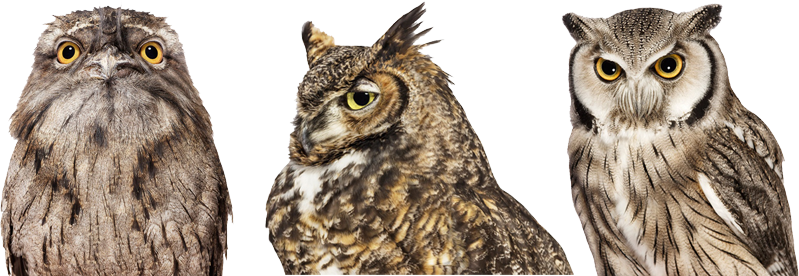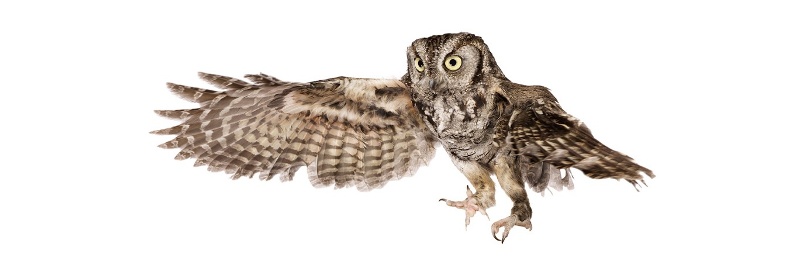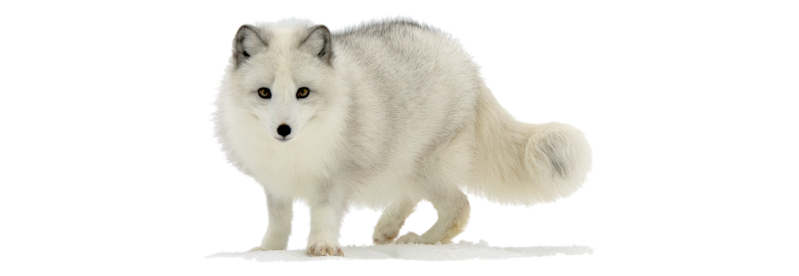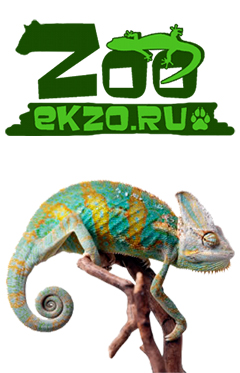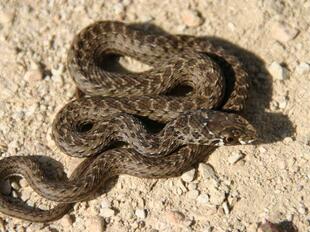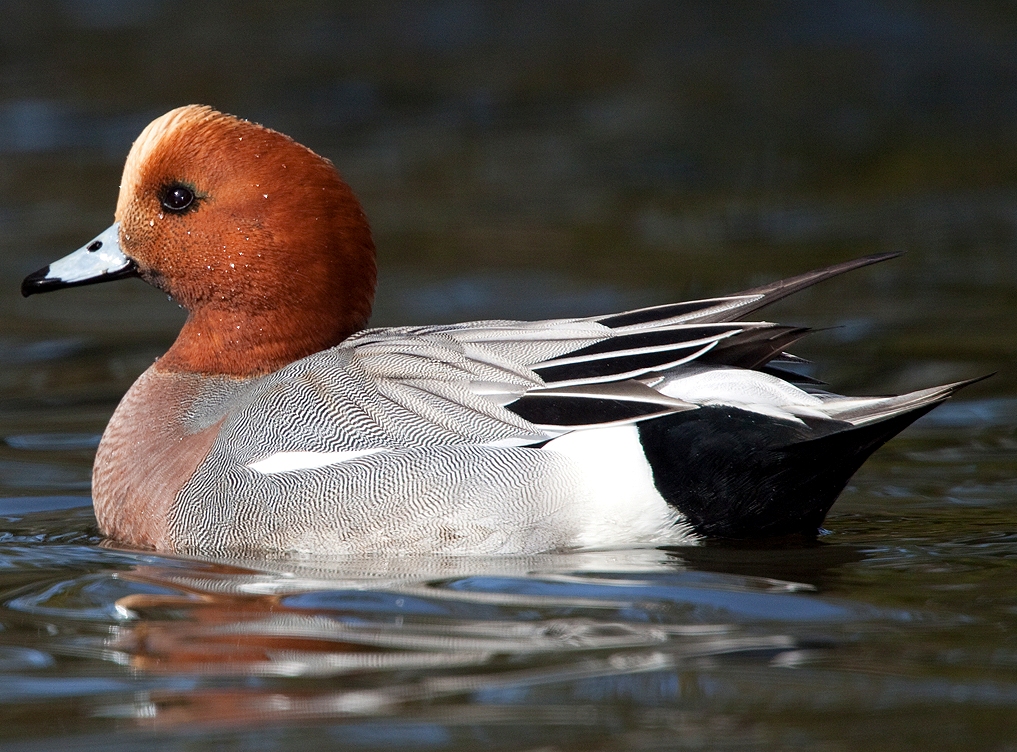
Eurasian wigeon, orEurasian widgeon(Anas penelope)
Phylum —chordata
Class — aves
Order — anseriformes
Family — anatidae
Genus –anas
Appearance
This duck is 42–52 cm (17–20 in) long with a 71–80 cm (28–31 in) wingspan, and a weight of 500–1,073 g (1.102–2.366 lb).
The breeding male has grey flanks and back, with a black rear end, a dark green speculum and a brilliant white patch on upper wings, obvious in flight or at rest. It has a pink breast, white belly, and a chestnut head with a creamy crown. In non-breeding (eclipse) plumage, the drake looks more like the female. The female is light brown, with plumage much like a female American wigeon. It can be distinguished from most other ducks, apart from American wigeon, on shape. However, that species has a paler head and white axillaries on its underwing. The female can be a rufous morph with a redder head, and a gray morph with a grayer head.
Habitat
Eurasian wigeons have a very large distribution, they breed from Iceland across northern Europe and Asia. Although they are mostly migratory, some British populations are mainly stationary. Migratory populations winter from the British Isles to northern Africa and India, with a few reaching the United States and Canada.
Behavior
Eurasian wigeons are a social, migratory species, except during the breeding season. Both sexes go through a flightless molt. Males gather in molting flocks while females incubate eggs and raise hatchlings. Females and fledglings join males later in the summer before migration begins. In North America, Eurasian wigeons can be found in mixed flocks of ducks, especially with American wigeons.
Diet
The Eurasian wigeon skims seeds and other plant matter like stems, roots, and leaves from the water's surface. It also grazes for food on land.
Reproduction
Eurasian wigeons are seasonally monogamous with pair bonds forming from late autumn and continuing throughout the winter.
The breeding season of Eurasian wigeons ranges from April to May. They lay seven to eleven eggs in a small depression lined with vegetation and down. Preferred nest sites are near shorelines covered by overhanging branches. Incubation periods range from 22 to 25 days, with an average of 24 days. Eurasian wigeons are independent at, or slightly before the fledgling stage, which they reach in 40 to 45 days. Sexual maturity is reached at one to two years.
In captivity
Lifespan in captivity is up to 15 years.
In summer, wigeonsare kept in outdoor enclosures. The minimum size of the enclosure is 3 square meters.
In the cold season, birds are kept in sections of the poultry house. Access to paddocks is open only on warm, windless, sunny days and only during the daytime.
Wild ducks become restless in the fall, when they fly south seasonally, and may join other wild ducks and fly away with them, so you should trim their wings in time or restrict access to walking. You can also cover the paddock with a net.
For winter keeping of ducks any shed (paddock) in which they are protected from wind and precipitation is suitable. The pen for ducks is built in such a way that one duck has at least 1 sq. m. of area with a room of the height of 70-100 cm. Ducks are not afraid of the cold; if they are full, clean and healthy, they can easily live at any frost.
The area of the paddock should not be less than the area of the paddock shed itself. One duck needs a range of 4 sq. m.In this case, all winter it is necessary to maintain a sufficient mirror of the reservoir for birds, not covered with ice. This is achieved in various ways, one of which may be the use of an air compressor. Long hoses from the compressor that pumps air are lowered to the bottom of the reservoir, and air bubbles, rising up, carry warmer water. With constant mixing of warm water from the lower layers of the reservoir with colder water from the surface, the possibility of ice formation is eliminated even in the most severe frosts.
As a winter bedding for waterfowl, you can use soft hay, which is laid out in places where birds rest.
The diet includes grain feed-corn, wheat, barley, millet, oatmeal, wheat bran, grass, meat and fish meal, chalk, small shell, gammarus. In the warm season, it is good to give various greens - cut dandelion leaves, lettuce, plantain, duckweed. Good food for ducks - wet mixture of grated carrots, bran, various cereals.
Wigeonsare friendly to other birds, so they can be kept on the same pond with other ducks.
Artificial shelters for nests are installed in the paddock. Ducks independently incubate, breed and raise ducklings.
 Russian
Russian
 English
English








